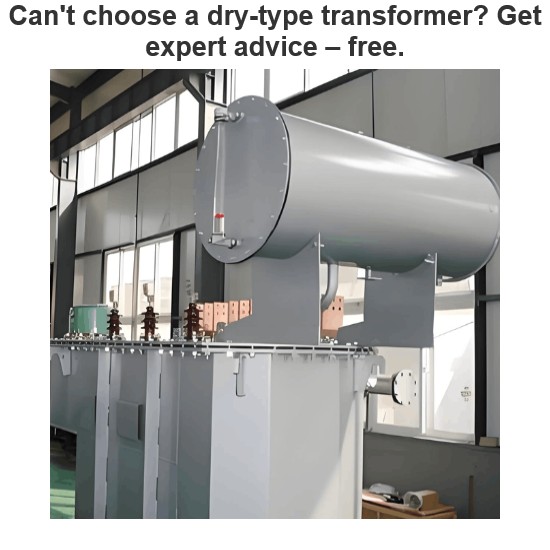Variable frequency drives (VFDs) and soft starters are distinct types of motor starting devices, though their use of semiconductor components often causes confusion. While both enable safe starting and stopping of induction motors, they differ significantly in operational principles, functionality, and application advantages.
VFDs regulate both voltage and frequency to control motor speed dynamically, suitable for variable-load scenarios. Soft starters, however, use voltage ramping to limit inrush current during startup without adjusting speed post-activation. This fundamental difference defines their roles: VFDs excel in speed-sensitive, energy-efficient applications, while soft starters offer cost-effective, simplified starting for fixed-speed motors.

Before delving into the differences between VFDs and soft starters, it's essential to define a motor starter.
Motor Starter
A motor starter is a critical device designed to safely initiate and halt the operation of an induction motor. During startup, an induction motor draws a substantial inrush current—approximately 8 times its rated current—due to low winding resistance. This surge can damage internal windings, shorten the motor’s lifespan, or even cause burnout.
Motor starters mitigate this risk by reducing starting current, protecting the motor from mechanical stress (e.g., sudden jerks) and electrical damage. They also facilitate safe shutdowns, and often include built-in protection against low voltage and overcurrent—making them indispensable for reliable motor operation.
Soft Starter
A soft starter is a specialized motor starter that curtails inrush current by reducing the voltage supplied to the motor. It employs semiconductor thyristors for voltage control:
- Thyristor Configuration: Pairs of back-to-back thyristors manage current flow in both directions.
- Three-Phase Systems: Require 6 thyristors to simultaneously reduce voltage across all three phases, ensuring balanced starting.

The thyristor features three terminals: anode, cathode, and gate. Current flow is blocked until a voltage pulse is applied to the gate, which triggers the thyristor and allows current to pass through. The amount of current or voltage regulated by the thyristor is controlled by adjusting the firing angle of the gate signal—this mechanism reduces the inrush current supplied to the motor during startup.
When starting the motor, the firing angle is set to deliver low voltage, which gradually increases as the motor accelerates. As the voltage reaches line voltage, the motor attains its rated speed. A bypass contactor is typically employed to supply line voltage directly during normal operation.
During motor shutdown, the process reverses: voltage is gradually reduced to decelerate the motor before cutting off the input supply. Since a soft starter only modifies supply voltage during startup and shutdown, it cannot adjust motor speed during normal operation, limiting its use to constant-speed applications.
Key advantages of soft starters include:
- No Harmonic Generation: Eliminates the need for additional harmonic filters.
- Compact Design: Smaller footprint than VFDs due to fewer components, reducing overall cost.
VFD (Variable Frequency Drive)
A variable frequency drive (VFD) is a semiconductor-based motor starter that enables safe motor start/stop functionality while also providing full-speed control during operation. Unlike soft starters, VFDs regulate both supply voltage and frequency. Since the speed of an induction motor is directly tied to supply frequency, VFDs are ideal for applications requiring dynamic speed adjustment.

A VFD consists of three core circuits: a rectifier, a DC filter, and an inverter. The process begins with the rectifier converting AC line voltage to DC, which is then smoothed by the DC filter. The inverter circuit subsequently transforms the steady DC voltage back into AC, with its logic control system enabling precise adjustment of both the output voltage and frequency. This allows the motor speed to ramp smoothly from 0 RPM to its rated speed—and even beyond by increasing the frequency—providing comprehensive control over the motor’s torque-speed characteristics.
By varying the supply frequency, a VFD enables dynamic speed adjustment during operation, making it ideal for applications requiring real-time speed modulation. Examples include fans that adjust speed based on temperature and water pumps that respond to incoming water pressure. Since motor torque is directly proportional to both supply current and voltage, the VFD’s ability to regulate both parameters allows for fine-grained torque control.
In contrast to traditional starters like DOL (direct-on-line) and soft starters— which can only run the motor at full speed or stop it—VFDs optimize power consumption by allowing the motor to operate at programmed speeds. However, this versatility comes with trade-offs: VFDs generate line harmonics, necessitating additional filters, and their complex circuitry (comprising rectifiers, filters, and inverters) results in a larger form factor and higher cost—typically three times that of a soft starter.

























